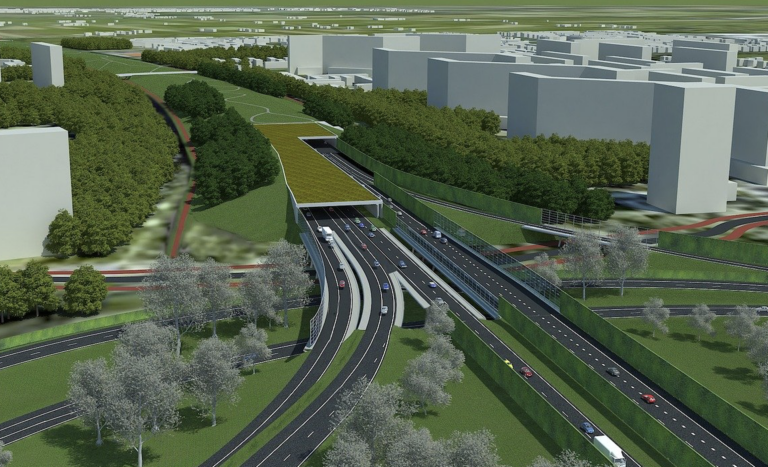Highways England and Network Rail are taking a holistic approach to improve Britain’s transport infrastructure for road users and rail passengers by making it easier for other organisations involved in delivering local transport systems to work with them.
The two government-owned infrastructure managers have jointly published a document – New Station Guidance – that will help partners such as local authorities, local enterprise partnerships, strategic planners and third-party funders assess whether a parkway station is the right transport solution for their region, and how it might be delivered for the benefit of local transport users.
“We recognise that to plan strategically for the future we need to understand the role that our strategic road network plays within the wider transport system”, said Simon Emery, growth and economic development manager at Highways England. “Our strategic planning partnership with Network Rail is a logical, important part of this. How people travel into and out of our urban centres is an aspect of work where it’s vital we understand the role that the rail network can play alongside that of road. Both our networks have experienced significant change, some of which may prove to be permanent, as a result of Covid-19.”
The development of parkway stations – those located on the outskirts of major urban centres that can serve as a ‘park and ride’ interchange for passengers – can improve access into towns and cities, and relieve pressure on the strategic road network (SRN) by reducing car use and encouraging the use of public transport. It also supports the Government’s commitment to achieve net zero emissions by 2050, and has the potential to support economic growth by better connecting people and businesses.
Where a parkway station is identified as a feasible solution by local stakeholders, funders and planners, Network Rail and Highways England will work with them to consider the most appropriate locations for development. They will assess the impact of such a development on the rail network and SRN – for example, whether there is a risk of additional congestion.
Through this guidance and by working together, investment can be targeted at locations where networks complement each other, and support initiatives such as the government’s housing agenda. This means that new residential communities across the country can be better connected to the places most important to them.





